-
When you click on links to various merchants on this site and make a purchase, this can result in this site earning a commission. Affiliate programs and affiliations include, but are not limited to, the eBay Partner Network.
-
Posts
568 -
Joined
-
Last visited
Content Type
Profiles
Forums
NGC Journals
Gallery
Events
Store
Downloads
Posts posted by TwoKopeiki
-
-
Nice piece of gold there, princeofwaldo.
Here's a new 8 Reales I've added recently to the collection. 1802 Mexico AU55 in PCGS plastic.
Love the color and luster on this one.


-
Nice color on that one, nunfa0!
I finally received the pillar I picked-up at NYINC and submitted on-site to NCS for conservation. They did a great job removing a few spots of verdigris on the reverse without touching any of the toning.

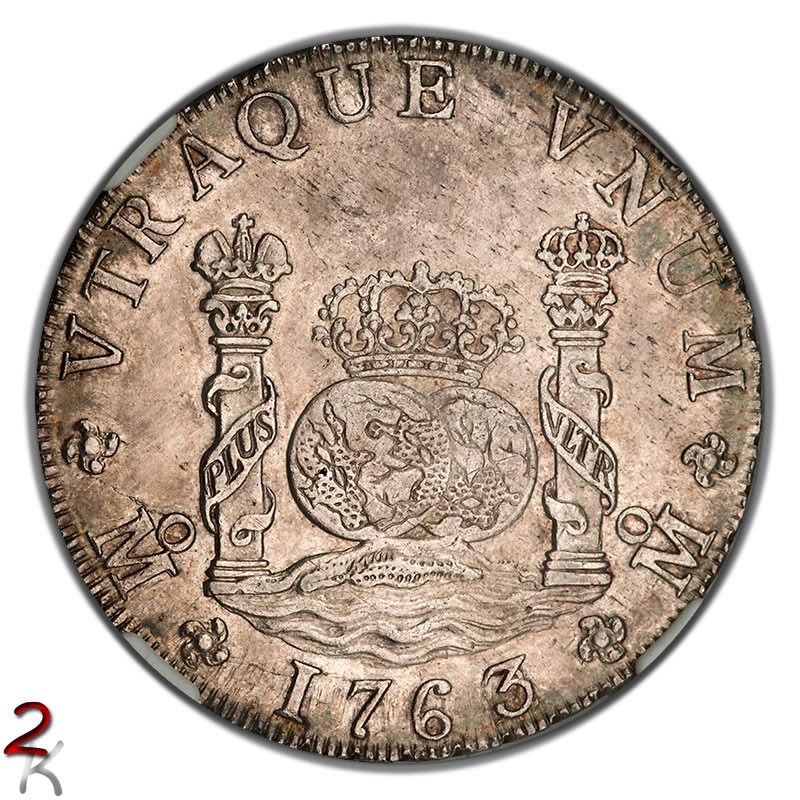
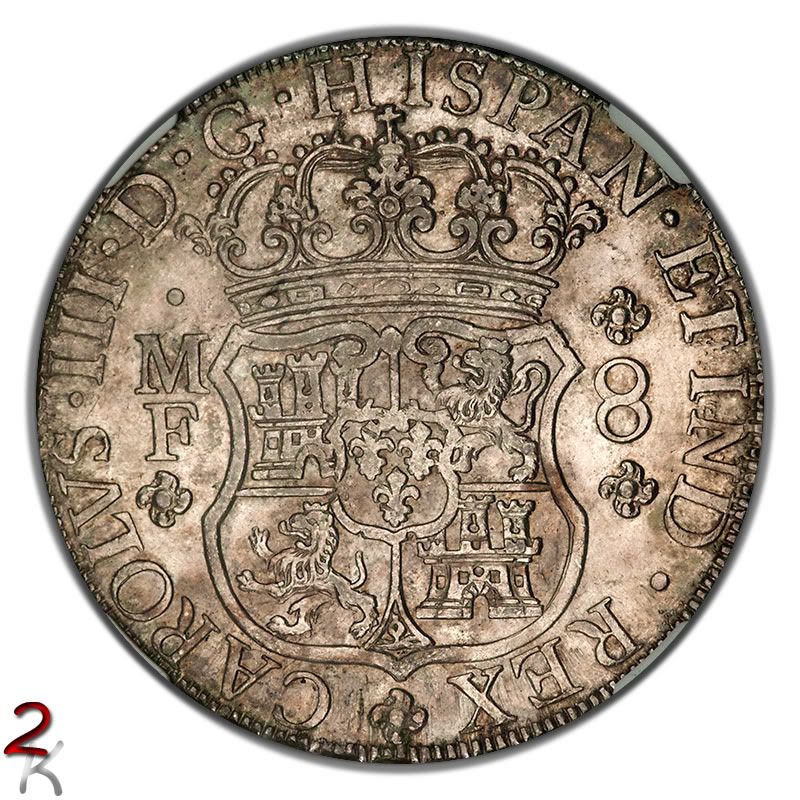
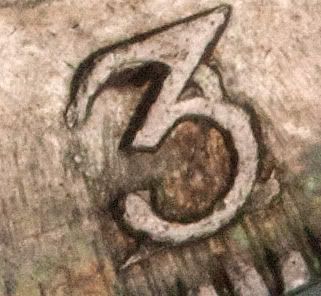
-
Greg, that 1/2 Scudo is stunning!
-
Picked-up a nice toned pillar for my Mexico Type Set at the last Ponterio sale
Beautiful coin! Congratulations!
Best Regards,
George
Thank you, George! That 1911 10c you posted is fantastic!
Cheers,
Roman.
-
Picked-up a nice toned pillar for my Mexico Type Set at the last Ponterio sale:


-
Here's one I picked-up from Mike Dunigan @ CICF


-
Tonight's win @ CNG:
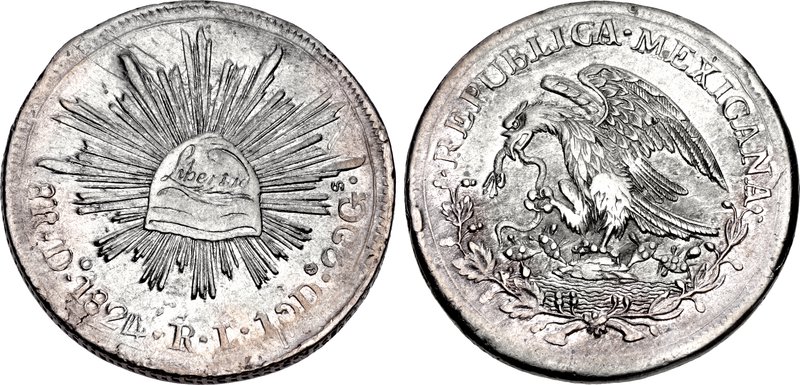
-
Thanks, Nunfa0!
It will fit nicely in my signature set once NGC encapsulates it.
-
Very impressive set of shooting medals!
Here's my recent acquisition:
1808 Mexico 8 Reales. Freshly cracked out of an old ANACS 55 holder.
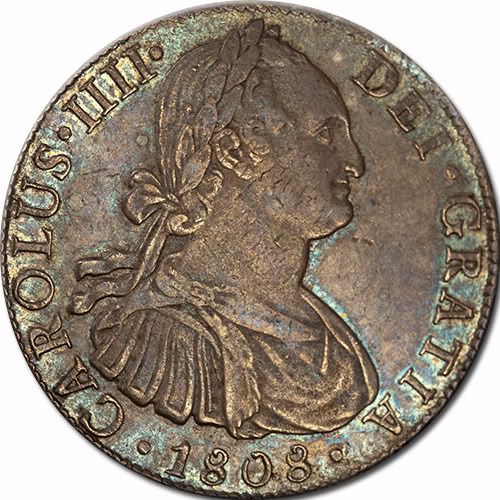

-
-
Couple of colorful AU 8 Reales:
Lima:


Potosi:


-
My latest acquisition is not a coin, but the fact that I use it to take coin photo makes it related

Picked-up an upgrade to my Canon 5D and took a few test shots last night with my old Sigma 105 Macro Lens.
Hope you enjoy the coins and the photos:
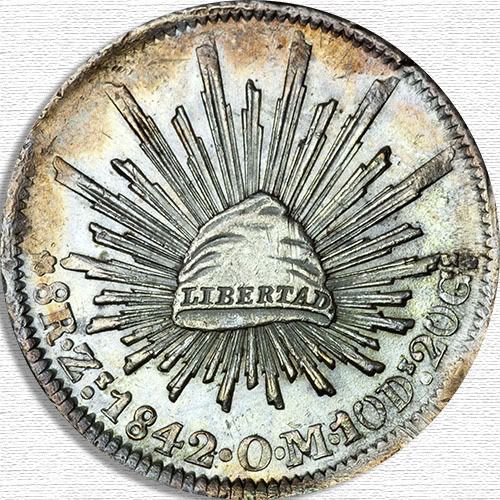
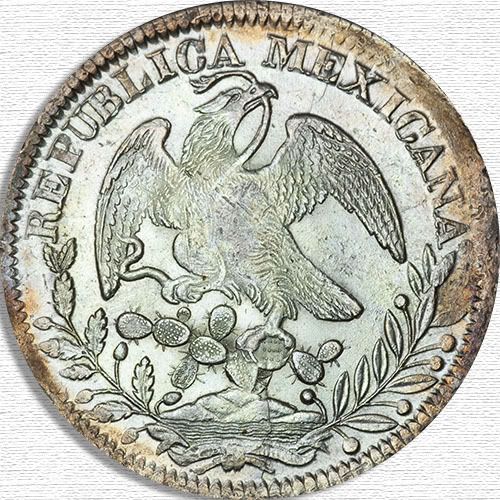
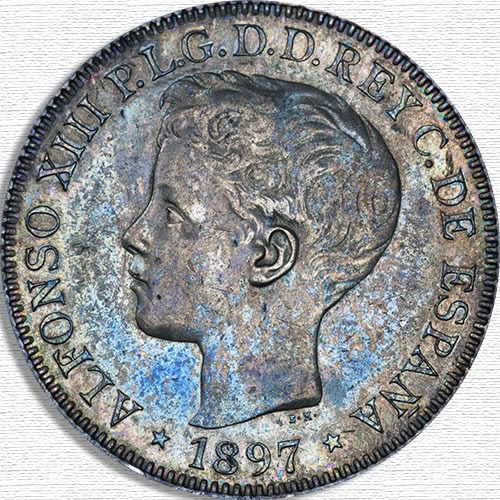
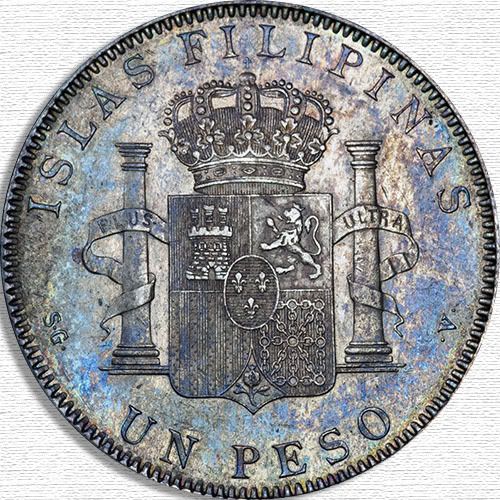




-
Haven't added to my collection in a while, but decided to pick this one up for my 8 Reales set:
Images courtesy of the seller (Jean Elsen):
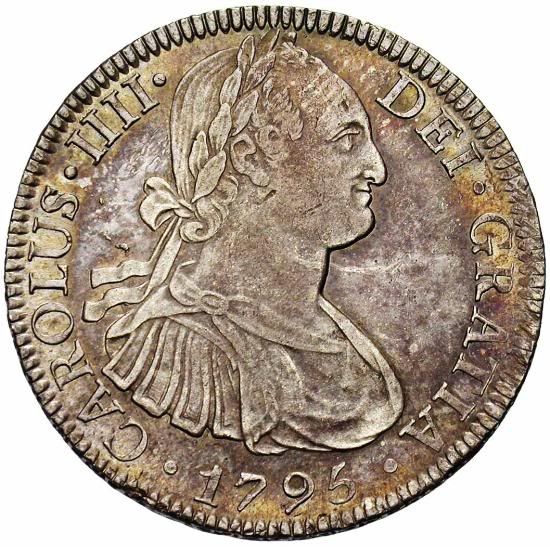
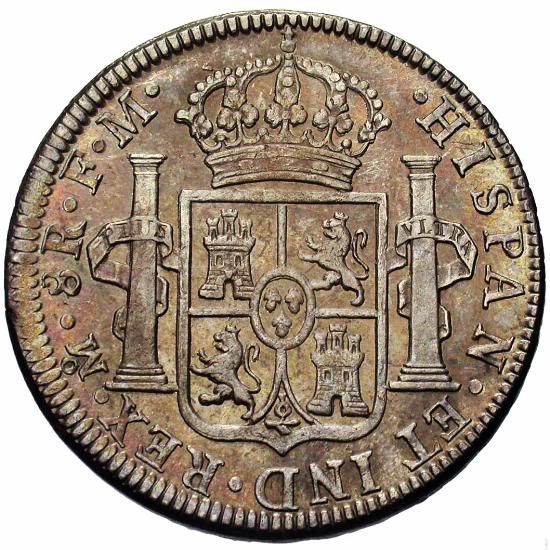
~Roman
-
Nice, Yarm!
Now I'll just keep telling myself "I will not buy Conders just because they're cool"

-
Nice token, Yarm. I agree that the toning is very appealing. Way to go!
Here's my latest, which I am so excited about. S.M. Damon pedigree NGC AU50 holder 1824 Central American Republic 8 Reales:

-
Thanks, Rey. No idea what the birds are. They do look like vultures holding something in their beaks... Really like this piece - nice clean fields and an even dull tone all over.
-
Here's one for Latin American coin lovers, like myself - South Peru 8 Reales from 1838 (Cuzco MS):

... and a close-up:
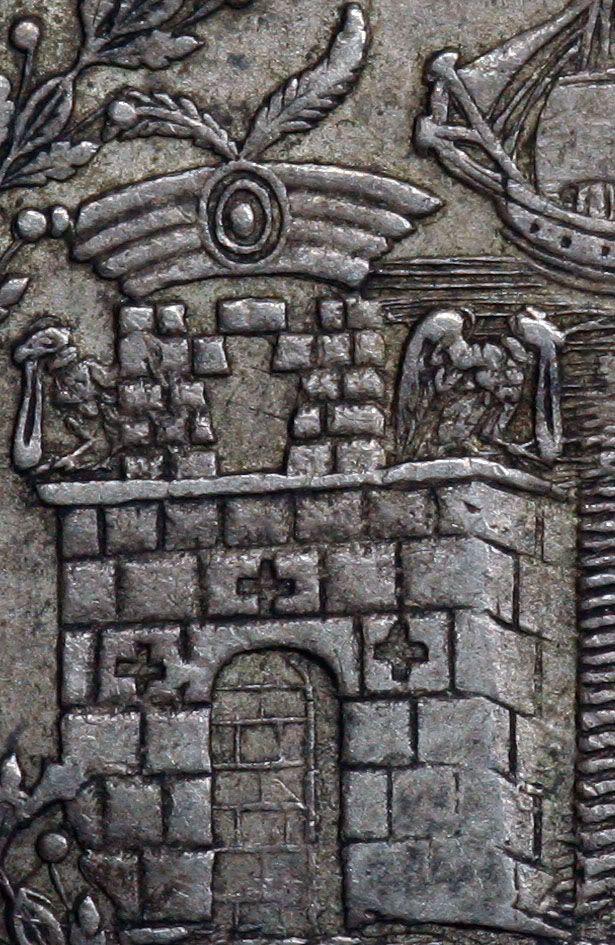
~Roman
-
Thanks, RareSov. It's quickly becoming one of my favorites.
-
Very nice Australian sovereign!
Here's a tiny 1 Real with a lot of character

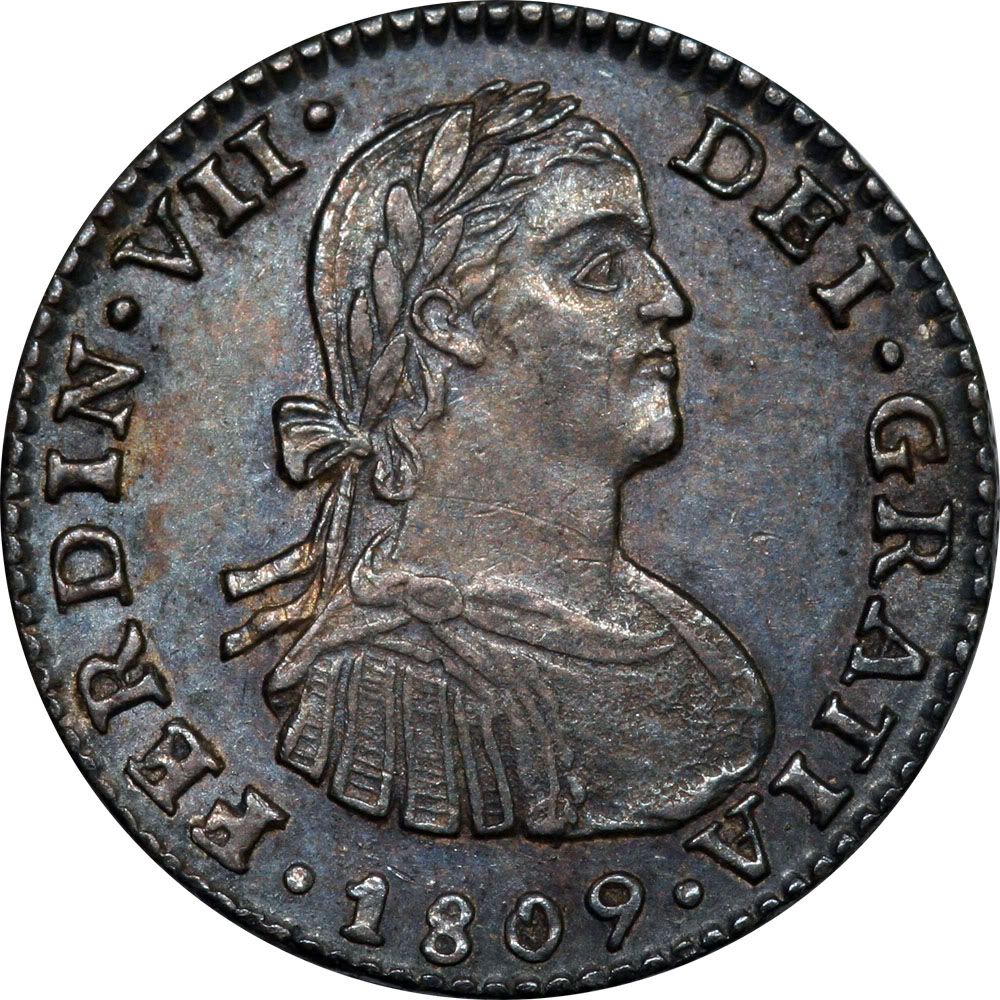
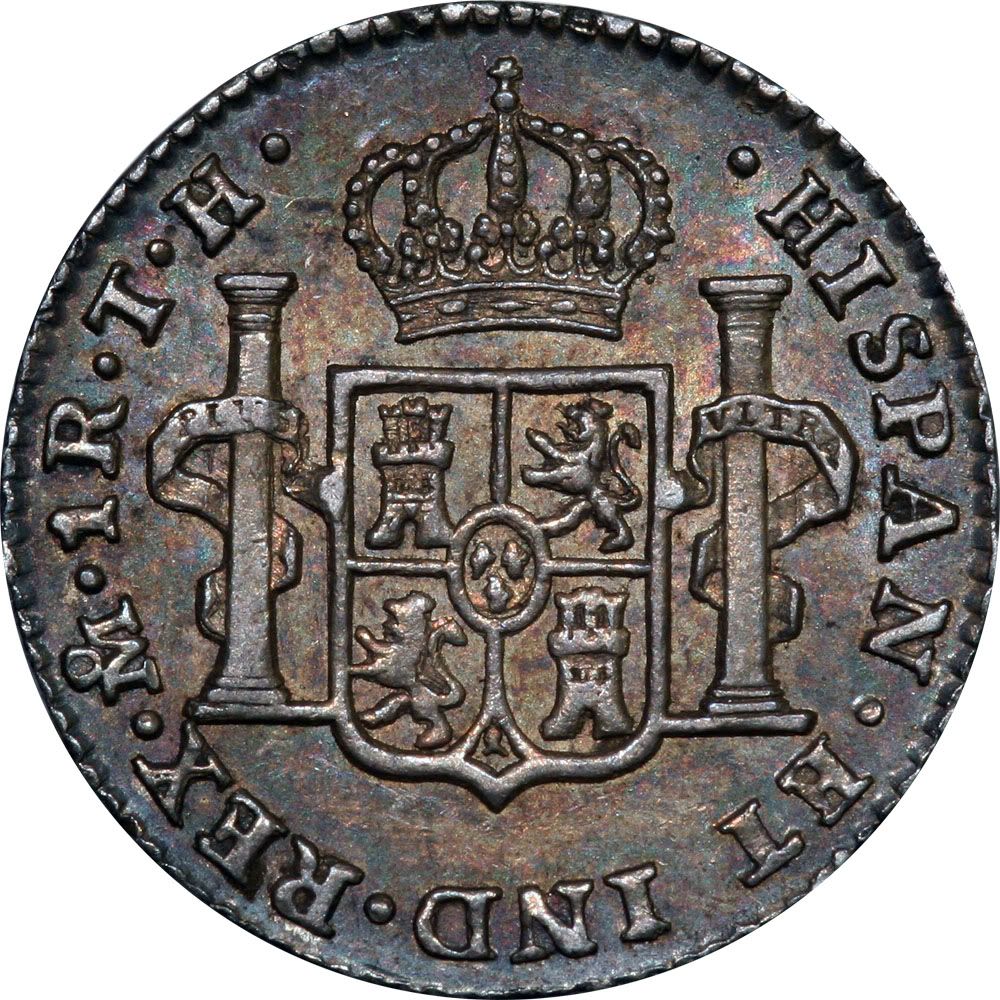
~Roman
-
How's this for a Churchill Crown?
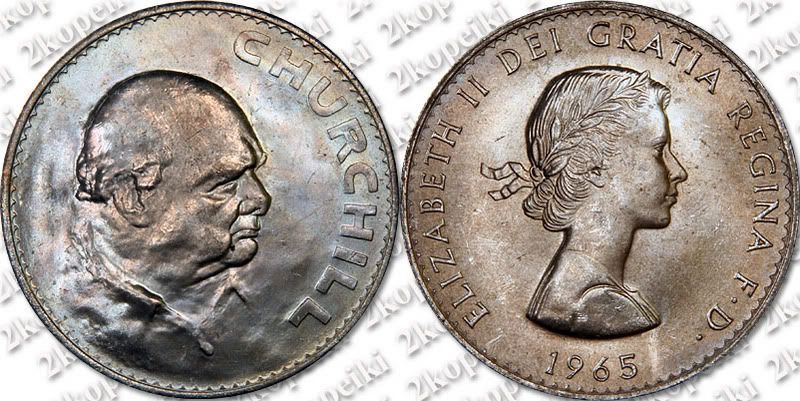
~Roman
-
Another beauty, Yarm!
-
Hi Rey,
Not sure about the smaller pieces, but all of the 8 Reales of 1772 have inverted MM/Assayer initials. 1772 was the first year of "portrait" design, so it could be a number of reasons why it happened. In 1773, there are 2 types - inverted and "normal", with inverted being the scarcer of the two.
The only "correct" 1772 piece known is in the Museum of Mexico, according to Calbeto.
-
That's a neat 2 Reales, Rey. Did you notice the inverted mint mark and assayer initials?
My Goldberg lot finally arrived yesterday and I had a chance to photograph it today. It's in an NGC AU50 holder, which compliments my "other" 1814, which is a "no dot before HISPAN" variety. There are a few vertical scratches on the holder, which appeared on the picture, but I used that lighting angle anyway, because it brought-out the coins' luster. There is a slight die rotation present, as well as some die rust on the reverse (around "8R"). The piece I already possessed also exhibits die rust on the reverse, which makes me wonder if this is one of the characteristics of this mint...
NEWP:
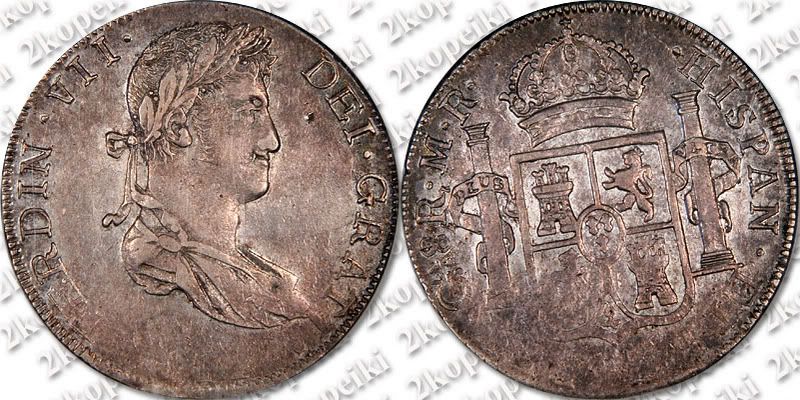
OLDP:
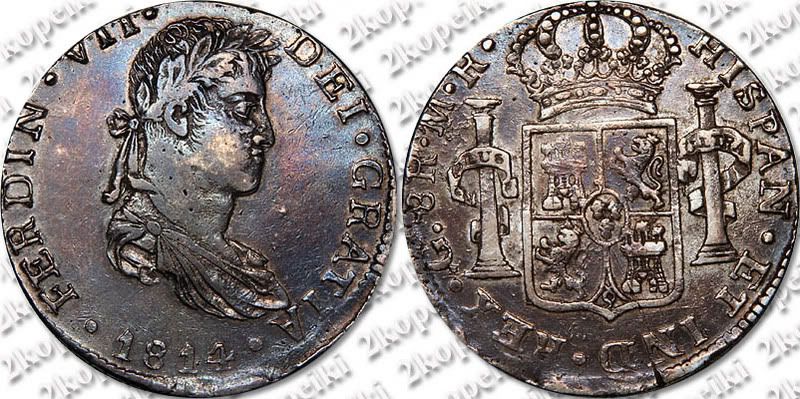
Some history behind the mint at Guadalajara, taken from "Numismatic History of Mexico" and "Compendium VIII Reales":
Cristobal de Onate, one of the captains under Nuno de Guzman, founded the City of Guadalajara on March 16, 1532, but for various reasons the site selected was changed twice, and it was not until February 11, 1542, that the present location was chosen. As Commander Guzman was born in Guadalajara, Spain, the new settlement was given this name in his honor.
The opening of the Guadalajara mint was caused, as in the other provisional mints, by the War of Independence; but the removal of the assayer and the insistent demands of Don Ambrosio Sagarsurrieta, Fiscal of the Royal Treasury, brought about its closing April 30, 1815. It was re-opened in 1818, due to the efforts of the President of the Council, Field Marshal Don Jose de la Cruz, only to be closed again the latter part of the same year. The reason offered by the official documents consulted was the untimely death of the assayer, but as some of the coinage of 1818 carries the assayer's initials FS, which are also found on the coins of 1820, 1821, 182, and 1823, there must have been some other motive.
Official records state that this mint was not re-opened until August 21, 1821. This must be an error, because coins bearing the Guadalajara mint mark (Ga) are found for 1820.
Herrera, in El Duro, pp. 30-31, asserts that the Guadalajara mint was striking Ferdinand VII pesos during 1822 and 1823. Pradeau mentions that he has seen only two-reales pieces bearing the 1822 date and the Guadalajara mint mark.
The Guadalajara mint was the only one of the provisional mints existing during the War of Independence which was permitted to coin gold.
In this series there exists the perhaps unique case of an overdate of 1821 over 1822.
Cheers,
~Roman
-
Very cool set, Rey!
I have a NEWP, as well - picked-up an 1823 Spanish 5 Pesetas, minted in Palma De Mallorca:
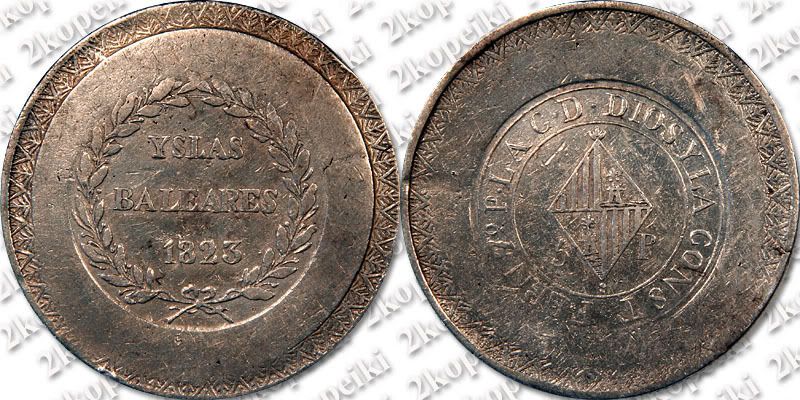
~Roman




Post your most recent acquisition: World
in US, World, and Ancient Coins
Posted
I use a highly diffused OTT light and tilt the coin into it slightly to bounce the light off the surface and capture the color.